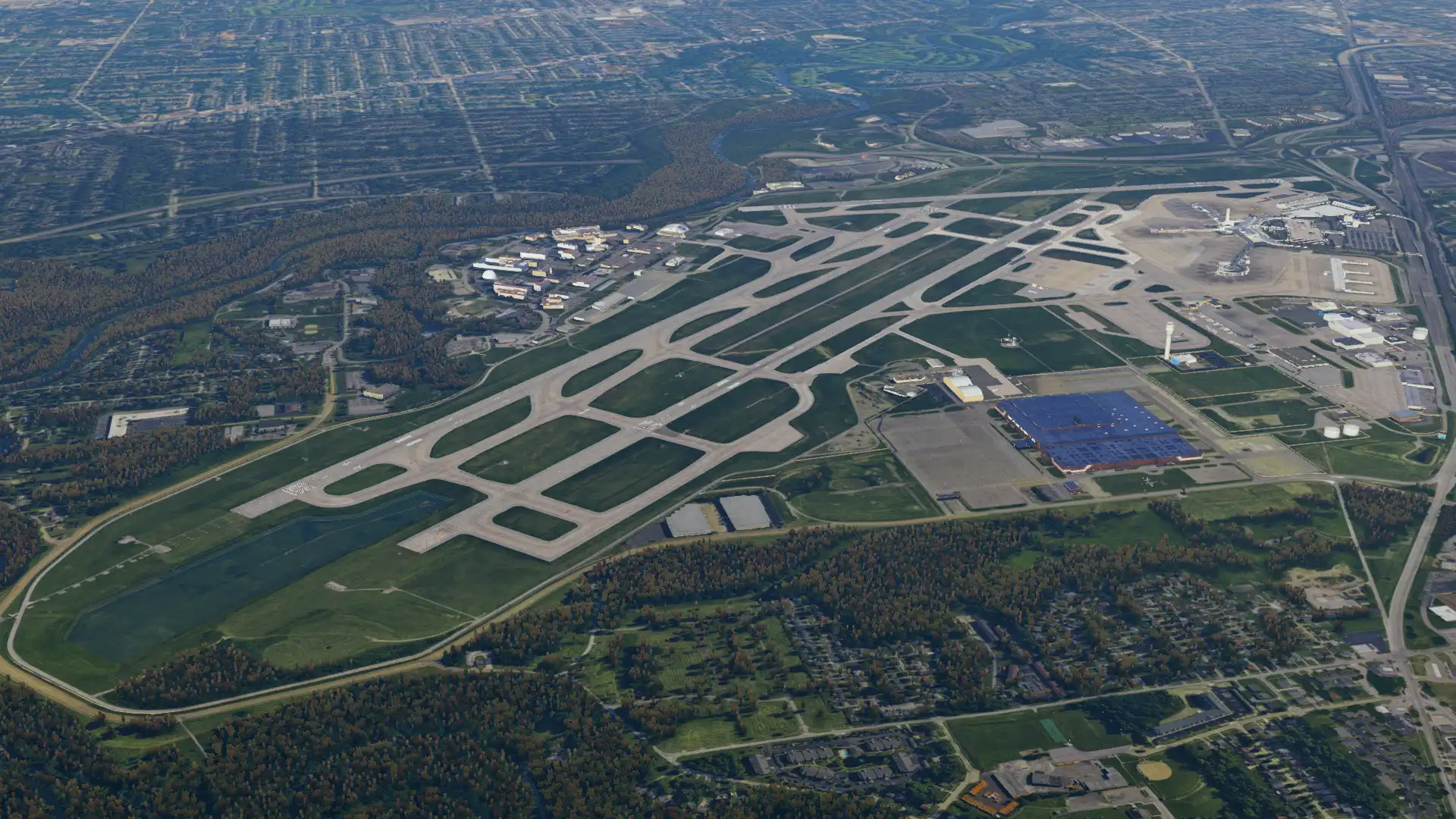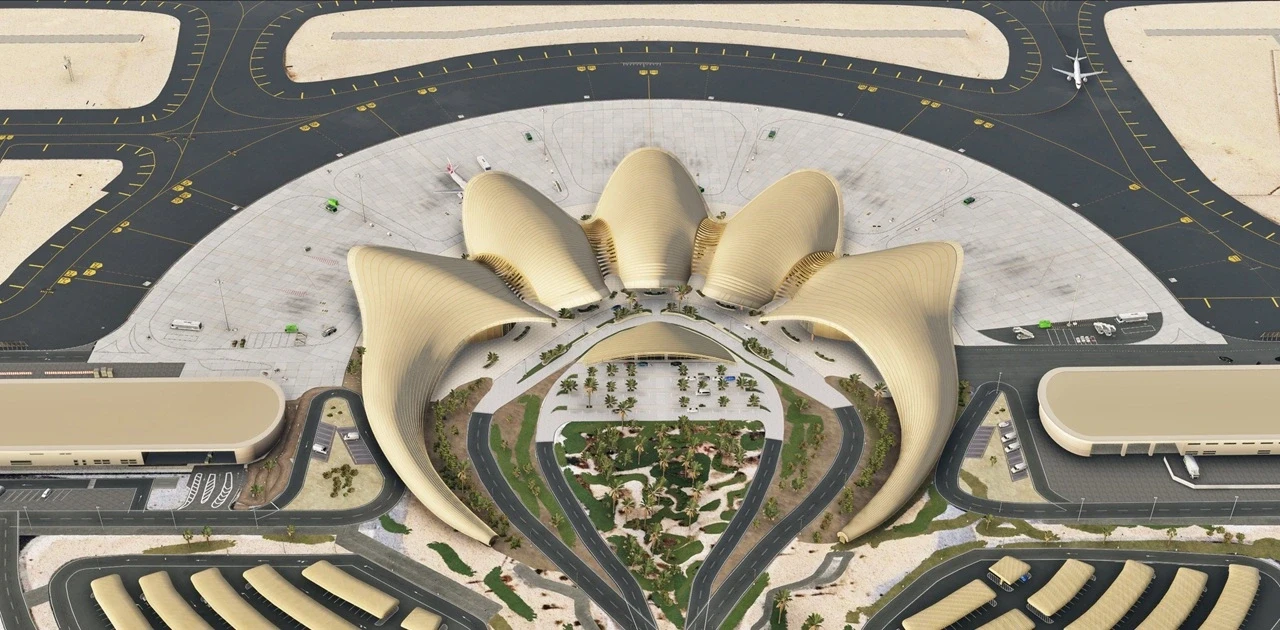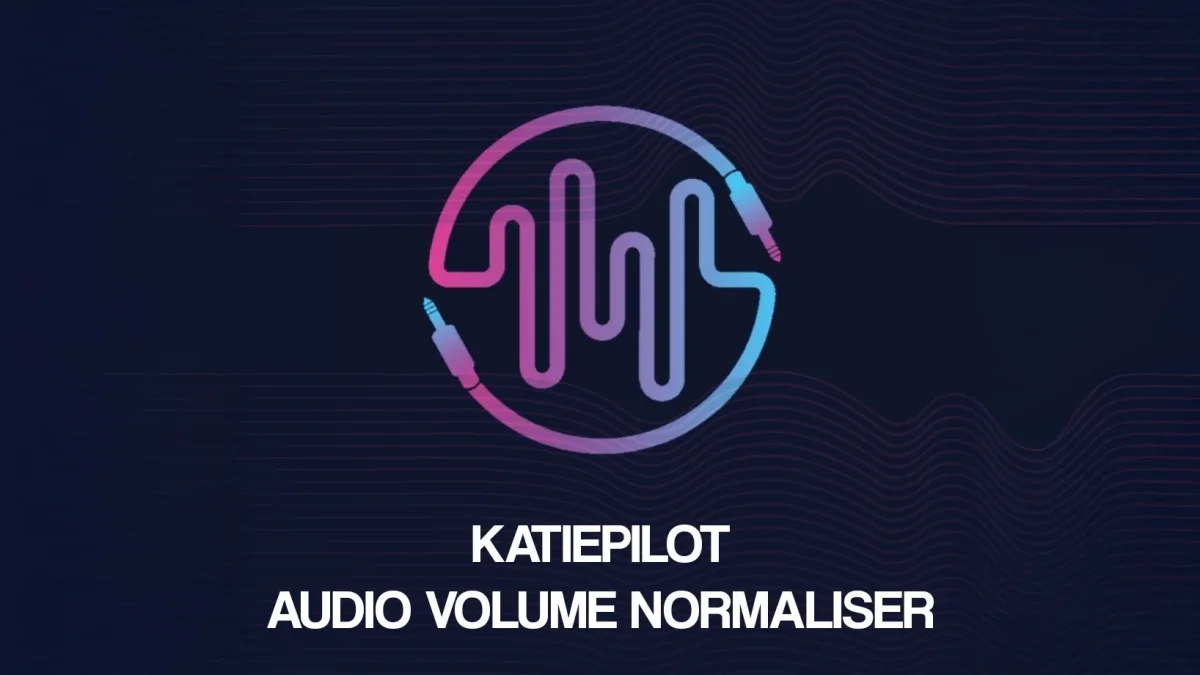First Look: Leonardo Maddog X for MSFS
April 30, 2022
Community
Intro/History:
Leonardo Software House has garnered well-deserved cult-like praise amongst the flight simulation community. Famous for their Fly The Maddog X in P3D, their lineage has continued into the new simulator, as they've faithfully recreated all the bells and whistles of the quirky airplane. If you're unfamiliar with the MD-80, here's a quick rundown: the "Maddog" features a long fuselage, swept wings, and the iconic T-tail. It emits the most recognizable sound in all of aviation, the scream of the JT8D-200 series engines. Unfortunately, due to its primitive nature and that it contains early 80s technology, airlines have phased it out of service, leaving a few units remaining in lesser fortunate regions. The MD-80 was derived from the DC-9 series, whose design has been passed down to the MD-80 and, eventually, the Boeing 717.
Leonardo's MD-82 will be the only variant initially, presenting a 162Y PAX Cabin, JT8D-217A engines, and a Honeywell FMS for NAV, VNAV, and ACARS. Users can expect full functionality of every system (excluding the weather radar), including circuit breakers and peripheral tech such as the intuitive EFB. In this review, aspiring users can get a feeling for the product in the new sim; whether you're new to the flight simulation community and would like an introduction to the vintage airliner scene or are a P3D Maddog user, you will gain a better understanding of the product before it releases.


Cockpit Modeling:
The MD-80 has a very notable cockpit; McDonnell Douglas designed the pilot's office with a few quirks, such as the window knob derived from the DC-3 and the standby compass accessible through a small mirror pop-up the glare shield. It's a messy layout; exterior lighting switches can be found isolated on both the pilot and co-pilot sides of the aircraft. The hydraulics panel is hidden beneath the co-pilot Navigation Display and a shockingly bare center console. Fly The Maddog X recreates these details accurately and represents a more modern cockpit layout, featuring a Honeywell FMS, digital PFD, ND, and EEDP (Electronic Engine Display Panel).
The rest of the cockpit, including the overhead panel, center console, and side panels, represents the actual aircraft with no notable discrepancies. All gauges and switches are interactive, 3D, and intensive. It's a very satisfying cockpit to navigate.
Leonardo's also taken the initiative to (slightly) deface the cockpit with wear and tear to imply the aircraft's age and provide the feeling of an old, proven yet worn metal bird.


Exterior Modeling:
MD-80s have a unique fuselage design that distinguishes them from aircraft of their class. Many MD-80 fans pay great attention to the little details, from wear and tear to individual rivets represented on the fuselage. Leonardo has gone as far as to offer a multitude of tailcone options, flat and cone, to compliment the feature-rich environment that the developer has fostered.
The animations built into the model are very smooth, from the landing gear to the landing lights to the APU intake slot. This is just a little sidenote with the complicated landing lights; they are sensitive to speed due to their extension ability. They should be Extended in OFF after engine start, BRIGHT from the beginning of the takeoff roll, and OFF/RET at 1k feet. They should be EXT OFF at speeds above 200kts and ON during the final approach after receiving landing clearance.
Additionally, Leonardo has recreated the rear and front airstairs for utilization in areas lacking infrastructure.
The exterior model is fantastic; the developer has taken great detail from the most irrelevant animations to the model's accuracy and even representing rivets in the fuselage.

Systems Functionality:
If it wasn't implied already, the MD-80 is a complex aircraft; the systems are a scattered mosaic puzzle, it may be chaos, but it's organized chaos. The Maddog procures its reputation through its difficulties. Leonardo's configuration offers a slightly more accessible experience than the MD-82s unmodified predecessor, the MD-81. You will experience the luxury of an RNAV-capable aircraft, which shows its age but holds its ground. While the Maddog contains practical vertical guidance and pretty reliable autothrottle coupling, the lack of alternative automation in the plane incentivizes the pilot to take the controls. Also, unlike similar aircraft such as the Boeing 737 and Airbus A320, performance data isn't easily "uplinkable." The pilot's responsibility is to transfer weight and balance data to the FMS to perpetuate the theme of 80s tech further.
Except for the weather radar, every system in the MD-80 is simulated. Overhead circuit breakers, responsible for critical systems, are also functional and can be used to test the airplane's limits. Here, I'll single out a design I like to play with personally, the ART, Automatic Reserve Thrust. This specific function of the MD-80 represents its versatility and ability to avert a dangerous flying circumstance automatically. It'll provide maximum rated thrust (with the operating engine) in the event of an engine failure during takeoff, the system is armed when on the ground, the ART switch is in the AUTO position, slats are extended, the engines are operating, and the ART system self-test is completed if there is a 30% differential in N1 low-speed spool RPM or electrical power loss.
Through my experience with the aircraft's systems testing, almost nothing isn't simulated; I've only noticed that it isn't possible to manually switch the DFGC (Digital Flight Guidance Computer) systems in the case of a failure.
Sounds and Immersion:
Leonardo Software House has an immersive cockpit sound environment. The hydraulic pumps squeal, the horns nag at you to ensure attentiveness, and all the typical audible warnings are available, from GPWS to the fire warning bells. Though it's not all rosy, the external sound environment is depressing to keep it realistic. As I've detailed before, the JT8D's are a tremendous asset to the MD-80s character, and the lack of a representative sound environment is sad. Still, fortunately, sound developers such as Turbine Sound Studios have taken to the challenge in the past with P3D and may convert their project to MSFS, though such news isn't official.



Peripherals:
There are lots of peripheral features afforded to users by the developer. Between a large plethora of liveries, an extensive Load Manager, and an EFB, the developer has gone above their call of duty to ensure maximum immersion. Initially, a few high-quality liveries are available for downloads, such as Delta Air Lines, American Airlines, Alitalia, and Iberia. Accompanying these liveries is a user-friendly Load Manager. It allows users to configure the airplane as they please, ranging from cockpit color to tailcone shape. It's also responsible for weight and balance data, livery installation, and activation. A few online tutorials outline the Load Manager's features, including the livery installation process, which is unorthodox in the industry. Lastly, the EFB wasn't a feature that the development team initially promised but delivered. It affords a few valuable features for the pilot, from performance management to door/ground service authority.
Quick Review:
These initial reviews are meant to be accessible to all users, so it may appear that the plane was described in layman's terms, which was done intentionally. It's imperative to mention that the aircraft is not for the faint-hearted or those who want to rely on automation; it's a bird designed for manual flying. Leonardo has done a fantastic job recreating the aircraft, faithfully simulating almost every system imaginable, and going above our expectations by delivering more than initially promised. It's an easy, day-one purchase for those interested in vintage airliners, and it's an excellent precedent for the exciting future of the third-party MSFS market.
Conclusion:
Fly The Maddog X for MSFS has released on SimMarket for 75 Euros (plus VAT).The plane will exceed your expectations and live up to the graphic standards that MSFS demands. If you're interested in seeing the aircraft in action, look at this YouTube Channel, or check out some of its features in the extensive feature list that we posted a week ago on our website.
A special thanks to Stefan at Leonardo Software House for providing Threshold a copy to review.
Share this page
COMMENT ADVISORY:
Threshold encourages informed discussion and debate - though this can only happen if all commenters remain civil when voicing their opinions.
.png)





.webp)





